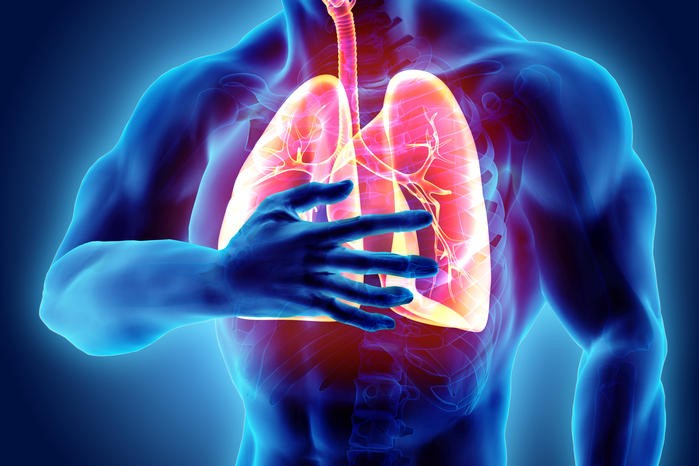
Severe Acute Respiratory Syndrome: symptoms, treatment and prevention of SARS
SARS, or Severe Acute Respiratory Syndrome, is a severe pneumonia accompanied by fever, first identified by the Italian physician Carlo Urbani and spread mainly in East Asia (mainly in China) between November 2002 and July 2003, leading to 8,098 infections and 774 deaths in 17 countries
What is SARS?
It is an atypical severe pneumonia caused by SARS-Cov coronavirus (unknown at the time), a virus capable of surviving about three hours outside the host organism.
Coronaviruses are generally the main cause of mild to moderate respiratory illnesses such as the common cold, but which can worsen into pneumonia and acute respiratory syndromes, sometimes fatal.
Symptoms of SARS
The incubation period of SARS is rather short: between 2 and 7 days.
The first symptoms are very similar to those of influenza:
- high fever (>38°C)
- joint and muscle pain
- dry throat
- headaches
- chills
- cough
- difficulty breathing.
In some cases, respiratory symptoms occur from the first onset of the disease and may worsen leading to hypoxia and pneumonia.
After about 7 days, the disease progresses with a dry cough that may lead to a poor oxygen supply to the blood and in 10-20% of cases may worsen to the point where supportive therapies such as assisted breathing, oxygen therapy or, in extreme cases, resuscitation are required. The mortality rate is around 9% (source: World Health Organisation).
SARS transmission, diagnosis and treatment
SARS is mainly spread by direct contact with infected patients, through their respiratory secretions (droplets of saliva expelled with coughs or sneezes) or their body fluids.
Diagnosis is made through the observation of symptoms and the results of a series of tests: chest X-ray, blood cell count (thrombocytopenia and leucopenia have been found in many patients), Gram culture and a search for respiratory viruses.
SARS is treated like any severe atypical pneumonia, i.e. mainly with antibiotics for bacterial and antiviral agents.
Oral or intravenous steroids may also be administered in combination with antimicrobials.
Preventive measures against SARS
As SARS is still being researched and therefore there is no vaccine or specific treatment, prevention still remains the only effective weapon to prevent the spread of the disease.
First and foremost, it is important to take some simple hygiene measures:
- wash your hands often
- cover your nose and mouth when coughing or sneezing;
- avoid sharing towels, glasses and cutlery.
Like all infectious diseases, SARS is more easily transmitted in crowded and poorly ventilated places, where the concentration of pathogens can be noticeably high. Wearing a face mask can be a good way to protect yourself and others from the spread of SARS and other respiratory diseases.
Read Also:
Emergency Live Even More…Live: Download The New Free App Of Your Newspaper For IOS And Android
Vancomycin-Sensitive Staphylococcus Infections: Symptoms And Treatment
Pneumococcal Vaccine: What It Is And How It Works
Sinusitis: How To Recognise That Headache Coming From The Nose
Sinusitis: How To Recognise And Treat It
Flu Vaccine For Children? Paediatricians: ‘Do It Now, Epidemic Already Started’
Acute And Chronic Sinusitis: Symptoms And Remedies


